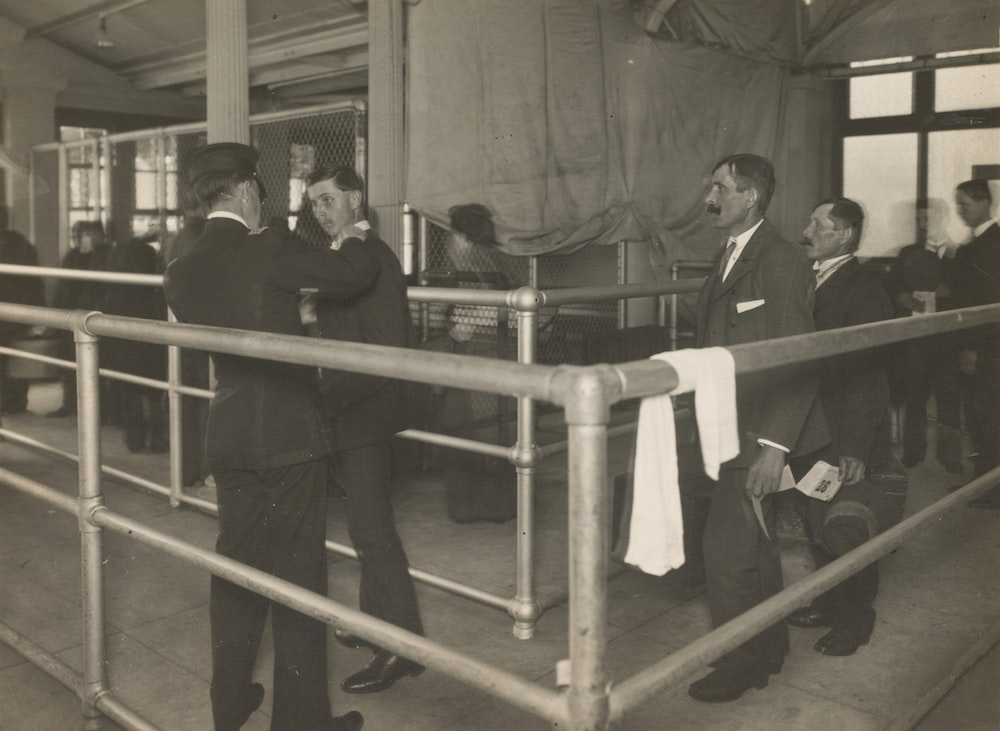
There have been several waves of immigrants in the US over the past few centuries. Of course, the earliest immigrants have no records to their name, but by the time British immigrants arrived in 1820, followed by German and Irish Catholics in the 1840s and 1850s, immigration and naturalization records became more common.
If your ancestors didn’t arrive in the first few groups, then there is a high chance they were part of the large group of 20 million Europeans that arrived between 1880 and 1914.
Here’s how you can start finding your immigrant ancestors.
Start By Looking at Records on This Side of The Ocean
For instance, if you know your ancestors were German, it can be tempting to start your search across the ocean. However, the smarter thing to do is to look for information here in the US first. This way, you’ll be working backward, and it’ll be easier to find relevant information instead of casting an unnecessarily wide net.
Here’s how you need to go about this:
- Start at home: Gather all the documents you can find at home and those with relatives. This may include everything from old passports to birth certificates, photographs, letters, and other clues that have details on their ancestral origins.
- Look at federal and state census records. The more recent ones have the most information, so work backward when trying to find the ancestor’s household.
- Look at immigrant passenger lists; these may point you toward the ancestor’s town or village.
Make Sure You Have the Right Names
Very often, people are unable to locate their ancestors in North American records because they have the wrong names. A lot of Europeans that arrived in the US at that time tweaked their names to make them sound more Americanized, i.e., Wilhelm in Germany might have been William in America.
However, at the same time, it’s important to keep in mind that the immigrants changed the names shortly after they arrived. Do not assume that their name was changed at Ellis Island—that’s just a myth!
If you really think your ancestor’s name was changed, check the naturalization records to confirm it.

Check For Naturalization Records
Naturalization records are very critical documents when you’re looking up an immigrant ancestor. They’re basically proof that your ancestor was indeed an immigrant because these records detail the process of them becoming a citizen of America.
Here in the United States, it’s always been a two-step process, so you’re going to want to find documents for both steps. In the first part of the process, your immigrant ancestor may have filed a Declaration of Intent—so that’s what you’re looking for.
The second part of the process involved filing the Application for Citizenship—so look for that one too. Keep in mind that you may not find both of these documents in the same location, even if it’s for the same ancestor.
If you’d like to learn more about finding immigrant ancestors and need our help, feel free to reach out.
At DavisDNA And Family Research, we offer traditional genealogy services and help you find ancestors online.
